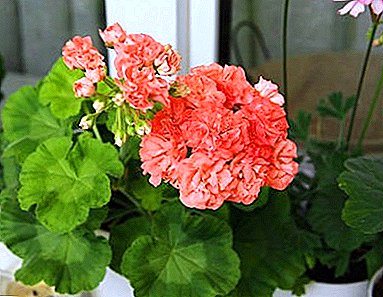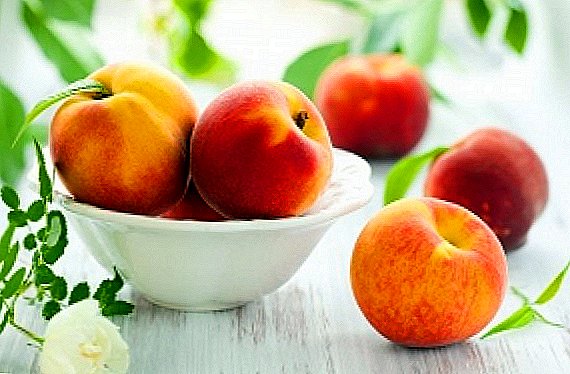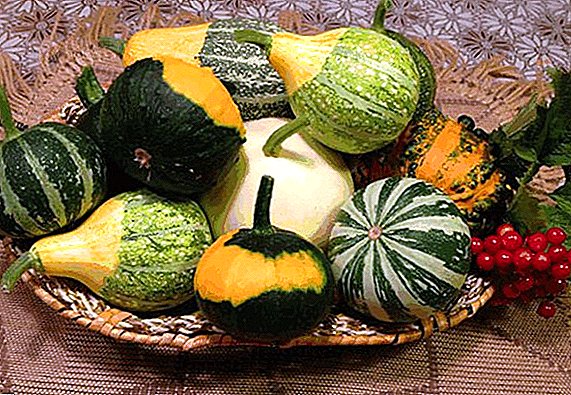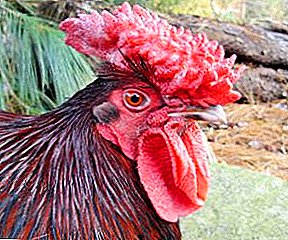
Red-hens breed of chickens refers to the egg-type productivity. They are fairly simple to maintain, so they are still cultivated by British farmers.
A remarkable feature of these chickens is a large pinkish comb. It was because of him that these poultry were able to get such a name.
It was first received in the English town of Derbyshire. Its history begins at the beginning of the XIX century, so the breed is considered quite old.
To obtain it, English farmers used the already extinct Yorkshire Pheasants and Lancashire Muni. From the Pheasans, the Red-Crowded Breed received an unusual comb, and from the muni a good egg productivity.
This breed of chickens from time immemorial has been bred in the UK, but now it is on the verge of extinction. Its breeding and maintenance are engaged in private English collectors who are trying to maintain a minimum breed population.
Description of Red Hen
 The rooster has a small, "light" body. It is not very big, as this breed of hens belongs to the egg type of productivity. The neck is medium sized. It grows elongated plumage falling on the shoulders of a rooster. The neck smoothly passes into the back, located at a small angle relative to the tail and neck. The shoulders of roosters do not strongly protrude beyond the body, the wings are tightly pressed. The dense lumbar plumage of a bird falls on their back.
The rooster has a small, "light" body. It is not very big, as this breed of hens belongs to the egg type of productivity. The neck is medium sized. It grows elongated plumage falling on the shoulders of a rooster. The neck smoothly passes into the back, located at a small angle relative to the tail and neck. The shoulders of roosters do not strongly protrude beyond the body, the wings are tightly pressed. The dense lumbar plumage of a bird falls on their back.
The tail is set high. He is well operatic. The rooster has a long rounded braids of a dark color. The wide chest is planted deep, the belly is large, but in cocks it seems to be more slender than in chickens.
The head of these chickens is small and flattened. On the face of the bird there is a short dark plumage. The large crest has a rose shape. Earrings are small, rounded. Ear lobes are colored dark. The beak is short but strong. He always has a light color. At the end of the beak has a slight bend.
Because of the abundant plumage of the lower leg is faint. However, after plucking it becomes clear that they are massive and strong. The pluses are thin and long. Thin fingers are spaced correctly, have white claws.
 Brekel is a breed of chick, most often with a gray color with a white head. And the chickens are very different from roosters.
Brekel is a breed of chick, most often with a gray color with a white head. And the chickens are very different from roosters.Totlegger of Westphalia is another rare breed of hen. On this page, our experts have prepared a review for you.
Chickens have a horizontal back, a full belly and a small tail, set at an obtuse angle to the body. The crest is small, pinkish. The ear lobes in hens are round, dark.
Features
 Red-capped chickens are a very rare old breed of English chickens. Previously, all British farmers were breeding it, but now the breed is gradually dying out. However, some private breeders and large genetic funds are still engaged in its breeding.
Red-capped chickens are a very rare old breed of English chickens. Previously, all British farmers were breeding it, but now the breed is gradually dying out. However, some private breeders and large genetic funds are still engaged in its breeding.
This breed has long been famous for its egg production. And Red-laying hens can lay eggs even in winter. This allowed us to get the maximum possible number of eggs. Unfortunately, this breed has a poorly developed maternal instinct.
Red-capped chickens will never start hatching their own offspring, so farmers often faced this problem during the formation of a new herd.
These chickens are also known in England as very hardy poultry. They can easily endure harsh winters, and also rarely suffer from various respiratory diseases. Because of this, the owners of livestock chickens do not need to spend money on veterinarians and the insulation of the house.
You also need to know that these chickens are great flyers. They love to fly around the yard, taking off on fences and trees. Because of this, farmers have to equip a covered yard or make a very high fence.
Content and cultivation
 For them, the ideal content in the house, which has a spacious yard for walking.
For them, the ideal content in the house, which has a spacious yard for walking.
During walks, birds will lose energy accumulated overnight. They can also find useful pasture in the form of green plants and insects.
Experts have long proved that frequent walking helps the breeding hens to recover faster for new masonry. That is why you should not neglect the advice on the maintenance of the population in semi-free conditions.
Those who decided to buy, you need to pay attention to the diet of chickens. They should receive the full-fledged fortified compound feed containing green additives. This will help the chickens to grow quickly and carry a much larger number of eggs.
For breeding the breed is better to use an incubator., since the brooding instinct of these hens is poorly developed. Chickens grow slowly, so they require high-quality personal care.
They need to be kept in dry and well heated rooms. Additionally, you need to monitor the dryness of the litter, as chickens often spray water from the drinkers.
The total weight of roosters can vary from 2.5 to 3 kg. Laying hens can reach a mass of 2.5 kg. They carry an average of 150 to 200 eggs per year.
A feature of this breed are large eggs with white shells. Often their weight exceeds 60 g, so there will be no problems with the selection of eggs for incubation.
Breed analogues
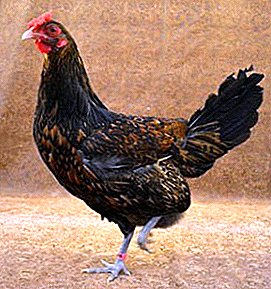 Instead of rare endangered egg breeds, it is better to start popular Leggorn.
Instead of rare endangered egg breeds, it is better to start popular Leggorn.
Many Russian chicken farms are engaged in their cultivation, as these chickens are champions: they can lay more than 300 eggs a year. Leggornov can be easily maintained both in cages and in private farmsteads, which is why it is so popular among Russian poultry breeders.
Another option for replacement can be the Russian white breed. It is often kept on large poultry farms, as these chickens do an excellent job with laying a large number of eggs. However, to maintain normal egg production, it must be fed with special feeds.
Conclusion
Red-cap breed of chickens was bred in the territory of England at the beginning of the XIX century. Almost immediately, it became popular among farmers, as it had good egg productivity.
Unfortunately, modern breeders do not stop their work, therefore more productive breeds start to appear on sale. For this reason, the number of Red-Headed Chickens falls sharply.



